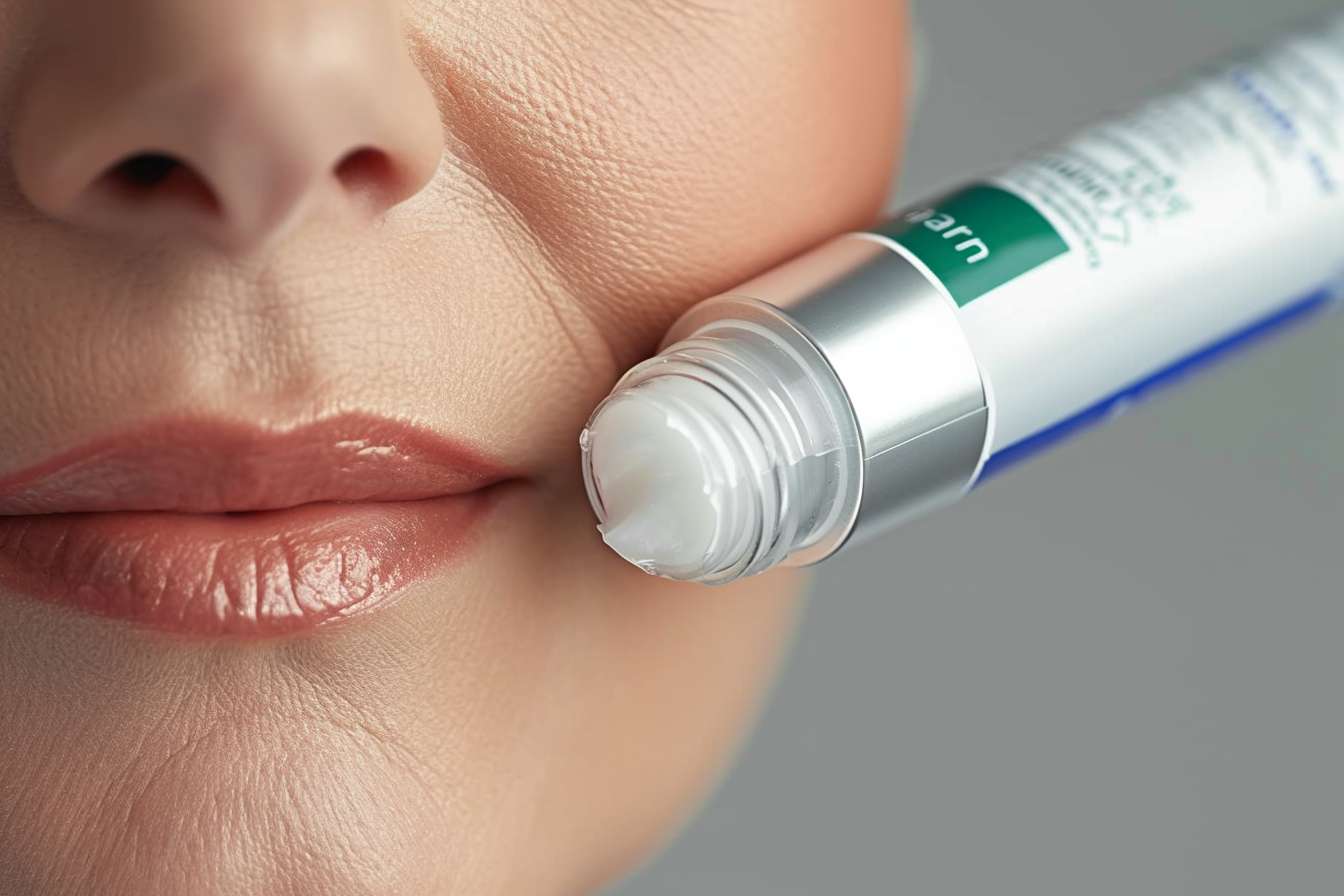Preparing for pigment treatment patch testing medications and sun exposure
Getting ready for a pigment laser session involves more than scheduling a date. A careful patch test, a full review of your medications and supplements, and strict sun-management in the weeks around treatment all work together to improve comfort, reduce risks like hyperpigmentation, and set realistic expectations for results and recovery.

Preparing for a pigment-focused laser session means aligning several moving parts: confirming that your skin will tolerate the laser, reviewing anything you take that could increase sensitivity, and planning for limited sun exposure before and after. These steps help reduce complications such as burns, post-inflammatory hyperpigmentation (PIH), or unexpected downtime and make outcomes more predictable across different skin tones.
This article is for informational purposes only and should not be considered medical advice. Please consult a qualified healthcare professional for personalized guidance and treatment.
What is laser dark spot removal?
Laser dark spot removal targets excess pigment in the skin using short bursts of light that are absorbed by melanin. Commonly used devices include Q-switched nanosecond and picosecond lasers, which fragment pigment so the body can gradually clear it. Typical targets are solar lentigines (sun spots), some forms of PIH, and certain tattoo inks; melasma, however, is complex and may worsen with laser energy in some cases, so clinicians often proceed with special caution or choose alternative strategies. A patch test—using conservative settings on a small, discreet area—helps verify safety and guide energy and spot size selections tailored to your skin type.
During consultation, your practitioner should assess your Fitzpatrick skin type, medical history, tendency to form keloids, and any active conditions such as dermatitis or infection. These factors influence whether you are a good candidate, the need for preconditioning (for example, pigment-inhibiting topicals in some cases), and the likelihood of needing multiple sessions.
Understanding laser dark spot removers: a detailed guide
Patch testing is a small-scale trial run that typically occurs days to a couple of weeks before full treatment. A clinician applies one or more test spots—often behind the ear, on the jawline, or within an inconspicuous area of the treatment zone—using conservative parameters. Over 48–72 hours (and sometimes up to a week), they evaluate for excessive redness beyond 24–48 hours, blistering, crusting, or paradoxical darkening/lightening. The response guides whether to proceed, adjust settings, or postpone.
Medication and supplement review is equally critical. Share a full list, including over-the-counter products and botanicals. Items commonly discussed include: - Oral retinoids (for example, isotretinoin): many clinicians recommend a waiting period after completion before resurfacing procedures; your provider will determine timing based on your specific laser and skin needs. - Photosensitizing antibiotics (for example, tetracyclines), certain diuretics and antidepressants, and herbal products like St. John’s wort, which can heighten light sensitivity. - Anticoagulants and supplements that may increase bruising (for example, high-dose fish oil, ginkgo). While pigment lasers are not typically bleeding procedures, minimizing bruise risk is still considered. - For those with a history of cold sores in the treatment area, prophylactic antivirals may be recommended.
Pre-care often includes pausing harsh topicals (strong acids, scrubs, retinoids) 3–7 days prior and avoiding self-tanner for 1–2 weeks. Some practitioners introduce pigment-balancing topicals (such as hydroquinone or non-hydroquinone alternatives) in the weeks before and after to support more even outcomes and reduce PIH risk, particularly in darker skin tones. Individual plans vary; follow your clinician’s guidance.
Benefits of laser dark spot removers
When appropriately selected and planned, laser treatments can visibly lighten discrete sun spots and certain types of uneven tone with brief sessions and targeted energy delivery. Benefits include precision targeting of pigment, limited disruption to surrounding tissue, and progressive improvement over weeks as the body clears fragmented pigment. Many cases need a series of treatments, spaced several weeks apart, to reach a stable result.
Sun exposure management is central to safer, more consistent outcomes. Tanned or recently sun-exposed skin contains elevated melanin, which can absorb more laser energy than intended, raising the risk of burns or PIH. A typical approach is to avoid intentional tanning and minimize unprotected sun for at least 2 weeks prior and 4–6 weeks after treatment. Daily broad-spectrum sunscreen (SPF 30 or higher), protective clothing, seeking shade, and reapplication every 2 hours when outdoors help maintain a stable baseline and protect healing skin.
Aftercare expectations include transient redness, mild swelling, and darkening or “peppering” of treated spots before they fade. Gentle cleansing, non-fragranced moisturizer, and cool compresses may improve comfort. Avoid picking, hot tubs, steam rooms, and vigorous workouts for the first 24–48 hours if advised. If instructed, resume pigment-modulating topicals only when the skin barrier is intact. Report any unexpected blistering, significant crusting, or color shifts promptly for evaluation.
Patch testing, medication review, and sun control work together. The patch test personalizes device settings; the medication review reduces unpredictable light sensitivity; and sun control stabilizes melanin activity during the window when the skin is most reactive. This trio is especially important for medium to deep skin tones, where the risk of PIH is higher and careful parameter selection and preconditioning (when recommended) can be decisive.
Planning your schedule helps. Allow a buffer before major events to accommodate normal healing and possible staged treatments. Clarify your maintenance plan as pigment from sun exposure or underlying conditions may recur over time. Your clinician might suggest ongoing sunscreen use, topical maintenance, and periodic reviews to assess stability.
Conclusion
Preparing thoughtfully for pigment laser treatment means confirming candidacy through a patch test, disclosing all medications and supplements, and taking sun exposure seriously before and after sessions. With a measured plan tailored to skin type and history, many people achieve more even tone while reducing the likelihood of setbacks like irritation or post-inflammatory color change.




